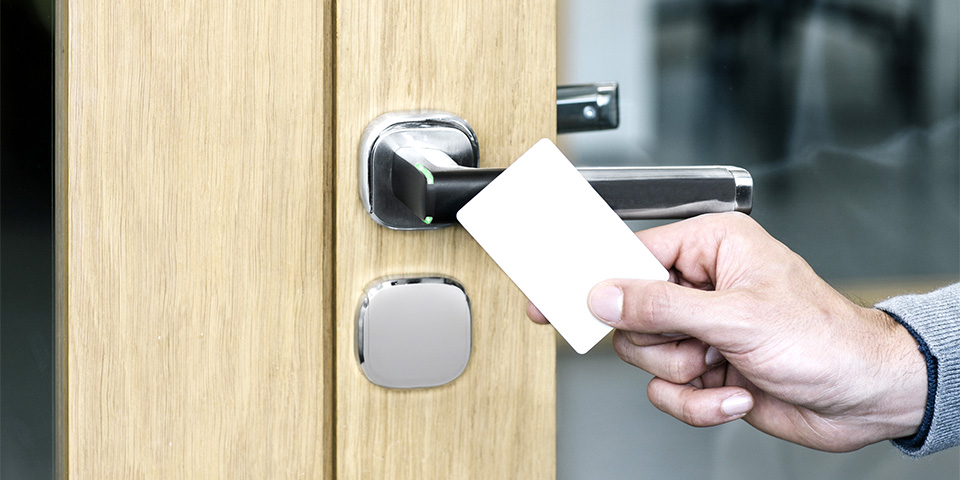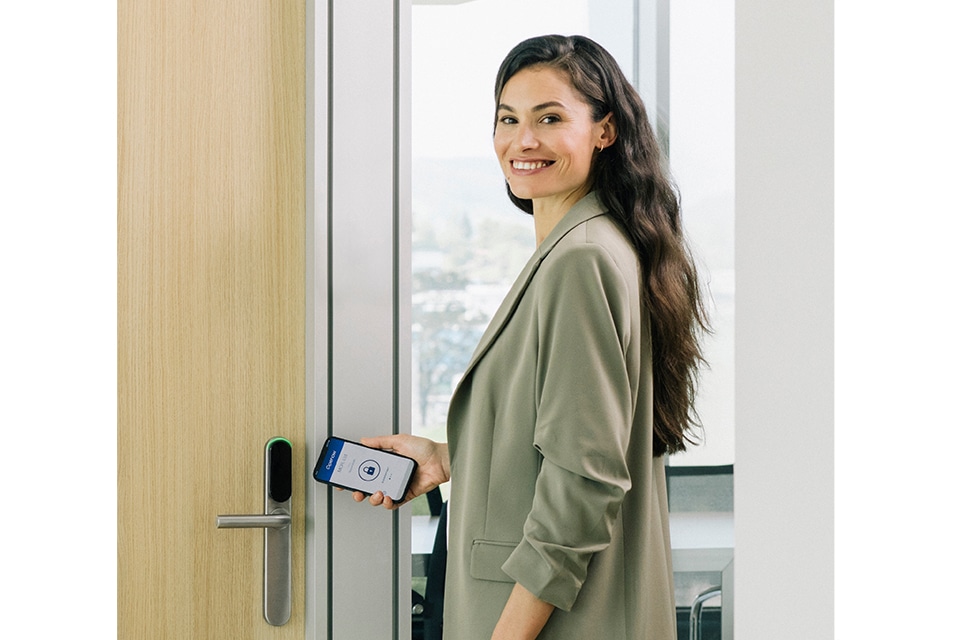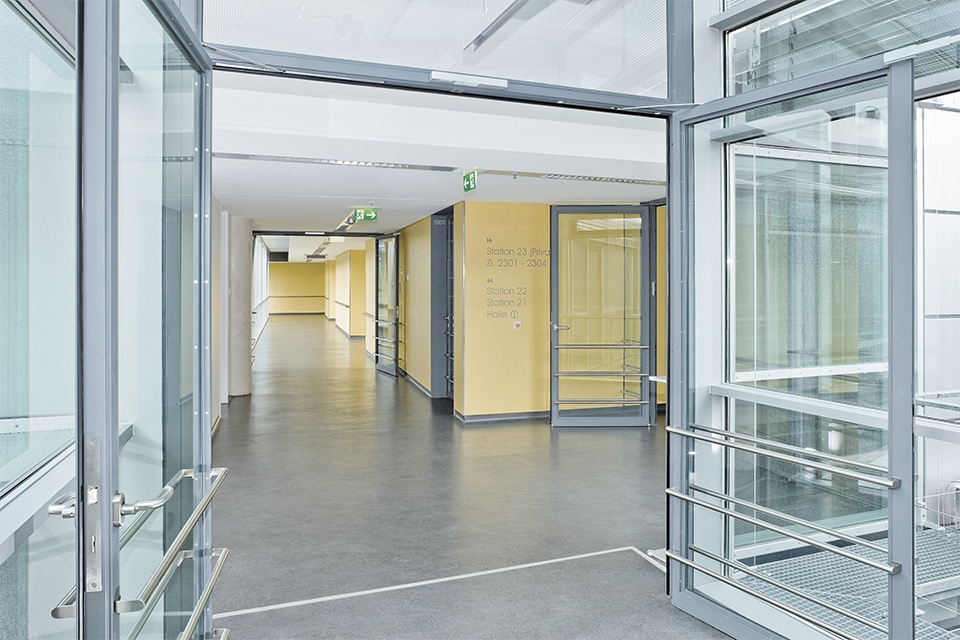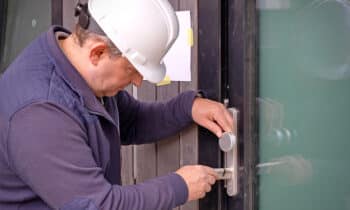
Wireless access control gains importance
Wireless access control is quietly taking over from wired solutions. Nearly 4 in 10 buildings with access control today operate a partially or fully wireless system, and that figure will only increase. The question arises, why are security and facility managers moving away from a wired system to go wireless? In the latest edition of the Wireless Access Control Report, ASSA ABLOY also pays attention to this topic and the benefits, in theory and in practice.
The latest issue of the Wireless Access Control Report features the results of an extensive survey of security and access control professionals, including wireless and wired access systems. It shows that security and facility managers are increasingly choosing wireless systems for a variety of reasons.
"The report highlights several advantages of wireless over wired, but I wanted to highlight two of them more strongly," says Richard Leyland, Product Manager Access Control at ASSA ABLOY Benelux. "On the one hand, it is much easier and more economical to integrate more doors into an access system, since it is no longer necessary to wire each door. On the other hand, the energy efficiency of wireless doors provides significant cost savings. The standard batteries of our locks have a long service life and are not fully "turned on" until there is a reference to read. Wired doors, on the other hand, are usually connected to the mains 24/7."
In practice
The following practical examples illustrate why companies in different countries are making the switch to a wireless system:

Wireless CLIQ® solutions were installed at the French drinking water company Eau de Valence.
Eau de Valence
At the French drinking water company Eau de Valence, wireless locks from CLIQ® installed. "Energy conservation is the key. There is no power supply to the lock and the electronic and mechanical cylinders are managed by the same key," said Christophe Nublat, head of the Study and Works Division. "In addition, comprehensive reports are available for each lock, key and padlock, and a mandatory weekly key rehabilitation provides additional security. Five keys are equipped with CLIQ® Remote technology, allowing supervisors to update their access rights on the go via Bluetooth."
ULab
ULab integrated wireless SMARTair®-locks for real-time access control in one of the most innovative flex office buildings throughout Spain. "We were looking for a flexible and easy access control system," says Enrique Burgos, director of ULab. "Every day about 100 employees enter the building, but due to events we get almost 10 times as many people on the floor every week."
University of Lund
The Faculty of Law at Lund University (Sweden) wanted to upgrade its access control system after 20 years and finally chose battery-operated rosettes and cylinders from Aperio®, which are fully integrated into Pacom's Unison system. "These Aperio®-locks work with the existing MIFARE®-smartcards, which meant we did not have to reprogram the smart cards of 42000 students and 7500 employees," indicates infrastructure manager Magnus Svensson. "The time for user and system administration was significantly reduced, which also provides significant cost savings."
Also for 'non-door' applications
Experience tells us that wireless is taking over little by little from wired access control systems. This is true for doors, but also for other applications, such as lockers and servers. "Convenience is an important reason. The more applications that can be secured and unlocked with a single credential, the better for the user," concludes Richard Leyland. "In addition, facility managers benefit from the broader scope of their access system, giving them more control, including off-site."




